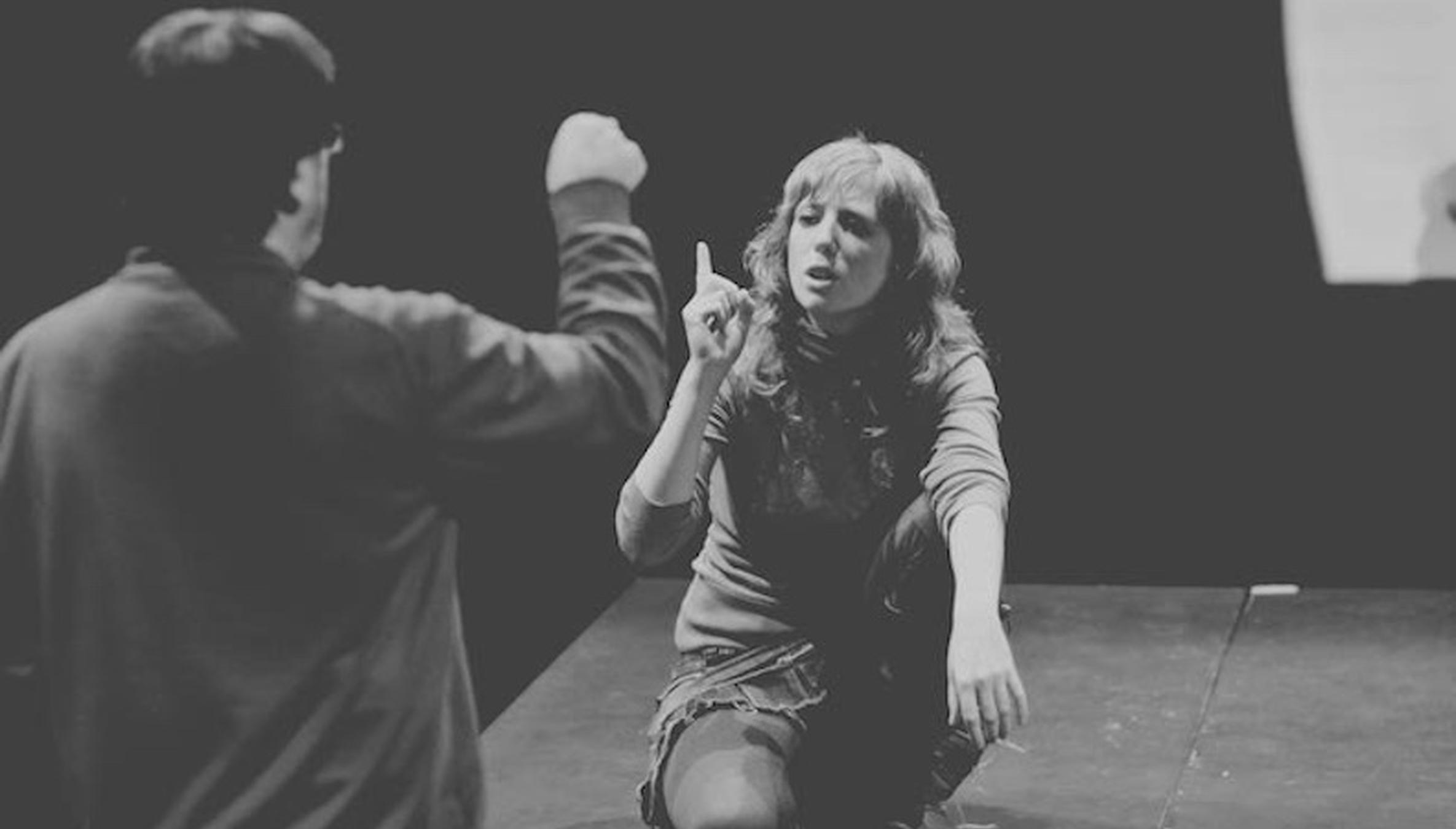Acting Techniques | Part 2

Acting techniques are the various approaches actors use to create believable and compelling performances. These techniques range from focusing on emotional recall and physical actions to exploring character motivations and using imagination to create a character's inner world.
 Uta Hagen Technique
Uta Hagen Technique
 Developed by Uta Hagen
Developed by Uta Hagen
 emphasizes relaxation and concentration exercises to help actors access their emotions and create believable performances.
emphasizes relaxation and concentration exercises to help actors access their emotions and create believable performances.
 Hagen's technique also incorporates "transference," where actors substitute fictional circumstances (=not real situations) with personal experiences to enhance their emotional connection to the role.
Hagen's technique also incorporates "transference," where actors substitute fictional circumstances (=not real situations) with personal experiences to enhance their emotional connection to the role.
 Brechtian Method
Brechtian Method
 Developed by Bertolt Brecht
Developed by Bertolt Brecht
 this technique focuses on the audience's reflective detachment(=observing your thoughts and feelings from a distance) rather than emotional involvement.
this technique focuses on the audience's reflective detachment(=observing your thoughts and feelings from a distance) rather than emotional involvement.
 Brechtian drama aims to create an "epic" style of theater that encourages the audience to think critically about the issues presented.
Brechtian drama aims to create an "epic" style of theater that encourages the audience to think critically about the issues presented.
 Other Techniques
Other Techniques
 Practical Aesthetics: developed by David Mamet and William H. Macy, this technique focuses on using physicality and actions to convey(=show) character motivations.
Practical Aesthetics: developed by David Mamet and William H. Macy, this technique focuses on using physicality and actions to convey(=show) character motivations.
 Spolin Method: developed by Viola Spolin, this technique emphasizes improvisation and spontaneity, encouraging actors to respond instinctively to the moment.
Spolin Method: developed by Viola Spolin, this technique emphasizes improvisation and spontaneity, encouraging actors to respond instinctively to the moment.
 Grotowski Technique: developed by Jerzy Grotowski, this technique aims for complete integration of the actor's mental and physical senses to reveal the core substance of a character.
Grotowski Technique: developed by Jerzy Grotowski, this technique aims for complete integration of the actor's mental and physical senses to reveal the core substance of a character.
 Viewpoints: a technique that hones an actor's freedom of response in movement and gesture, often used in ensemble-based theater.
Viewpoints: a technique that hones an actor's freedom of response in movement and gesture, often used in ensemble-based theater.

 Laban Movement Analysis: a system for analyzing and understanding human movement, often used in acting to create more natural and expressive performances.
See also
Acting Techniques | Part 1
Laban Movement Analysis: a system for analyzing and understanding human movement, often used in acting to create more natural and expressive performances.
See also
Acting Techniques | Part 1